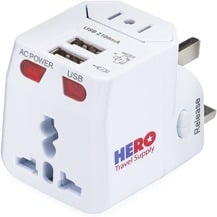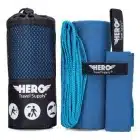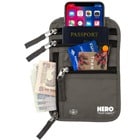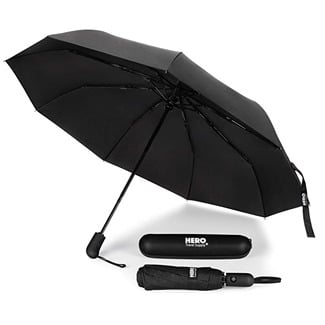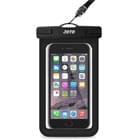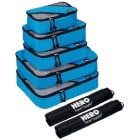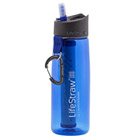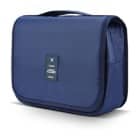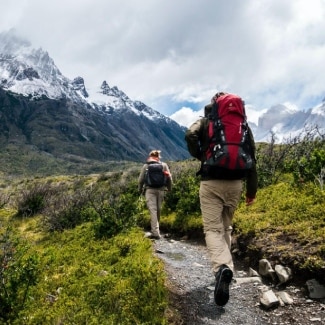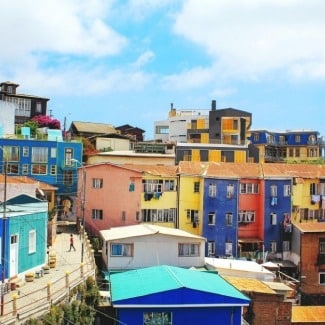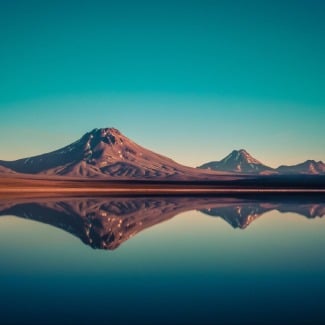SPRING – September, October, November, December
Spring in Chile is generally warm and pleasant. The season is characterized by a decrease in rainfall in the country, with highs ranging from 65-75℉. Although rain is lessening, it is still smart to pack rain gear and layer up for unexpected drops in temperature throughout the day. If traveling to the south of the country, be sure to pack cold weather essentials such as insulated jackets, gloves, and hats.
SUMMER – January, February, March
Summer is generally the best season to travel to Chile, and a perfect temperature to visit Chile’s beaches – don’t forget to pack your bathing suit! Summer highs near Santiago usually average around 80℉. It is best to pack comfortable quick-dry clothing and sandals, as well as rain gear for occasional rain. If visiting the southern region of the country, it is strongly recommended to pack warm clothing such as coats and hats, as the average high can reach 72℉, but lows can drop as low as 32℉.
FALL – April, May, June
Fall is the peak wine tasting season in Chile, and a popular tourism season in the country. Fall is characterized by quite mild weather, with temperatures reaching highs of 65-75℉, with night temperatures dropping as low as 45℉. It is preferable to pack clothing that can withstand some cold spouts, such as jeans, leather jackets, cardigans, and long-sleeved shirts. If visiting Patagonia, layers for colder weather might be necessary, such as wool socks and gloves, as well as a windbreaker.
WINTER – July, August, September
down or alternative puffer jacket, wool layers, wool hat, gloves, scarf, boots
Winter is the coldest season in Chile and is the most popular season for skiing. Daylight exposure also drastically decreases, with the southern region only averaging about 8-10 hours. It is best to be prepared for very cold temperatures if you are visiting Patagonia, as temperatures may drop to 32℉. Wearing winter layers and a quality insulated jacket is a must. In the north, you can dress a little lighter, as temperatures peak at about 70℉. Light layers and closed-toe shoes will keep you at the ideal temperature during colder days. Wearing sandals or flip-flops is also feasible, depending on your temperature tolerance.




